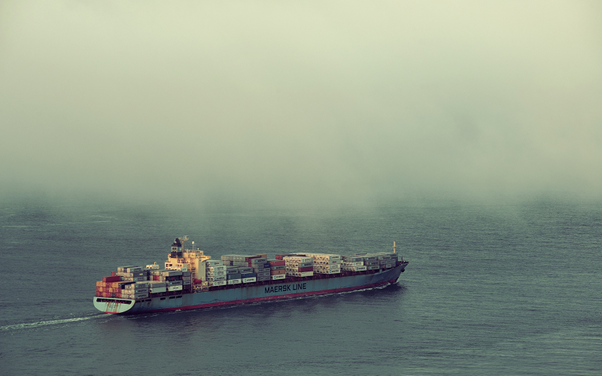When you think about global trade, it is easy to picture busy ports, towering cranes, and massive ships filled with goods heading across oceans. Yet, one crucial factor that cannot be overlooked is the weather. Sea freight, while reliable and cost-effective, is directly exposed to the forces of nature. From heavy rainfall to powerful typhoons, bad weather can disrupt schedules, increase risks, and affect the supply chain. For businesses in Singapore that rely on timely deliveries, understanding these challenges is vital.
The Relationship Between Weather and Sea Freight
Shipping companies plan their schedules carefully, but the sea is unpredictable. Sudden changes in weather patterns can cause significant delays. For instance, strong winds and storms can reduce visibility, making navigation dangerous. Rough seas often slow vessels down, extending transit times and increasing fuel consumption. When typhoons or cyclones occur, ships are sometimes forced to reroute entirely, which can disrupt delivery timelines. As sea freight depends heavily on steady conditions, the smallest shift in weather can ripple across global trade routes.
Safety Comes Before Speed
Safety always takes priority over speed at sea. No shipment is worth endangering lives or vessels. Heavy storms can make container stacks unstable, raising the risk of cargo loss. Additionally, equipment onboard, such as cranes and lashing systems, may be strained in turbulent conditions. This is why captains often reduce speed or even pause operations until the weather improves. While this may frustrate businesses waiting for urgent shipments, it is a reminder that the unpredictability of nature cannot be fully controlled.
The Role of the Freight Forwarder
In the face of weather disruptions, businesses often turn to an experienced freight forwarder. Acting as a link between shipping lines and clients, these professionals help manage the challenges that come with delays. They can suggest alternative routes, adjust schedules, and even advise on combining sea and air solutions when shipments are time-sensitive. Their ability to anticipate potential disruptions and prepare contingency plans can make a real difference to businesses that cannot afford prolonged downtime.
Seasonal Weather Patterns and Their Effects
In certain regions, weather disruptions follow predictable cycles. The monsoon season, for example, is well known in Asia and frequently affects sailing conditions. Heavy rainfall can cause port congestion, slowing down loading and unloading processes. Foggy conditions can delay port entries, while high waves may prevent docking altogether. In other parts of the world, hurricane or cyclone seasons demand extra caution, as shipping lanes are directly threatened by these natural events. Businesses that understand these seasonal influences are better equipped to plan.
Cost Implications of Bad Weather
Weather delays are not just inconvenient; they also have financial implications. Extended voyages mean higher fuel usage and additional crew costs. Insurance premiums can also be affected if a shipping route is considered high risk during certain months. If perishable goods are involved, the consequences are even more severe. Delays could mean spoiled cargo and financial losses for both exporters and importers. This is why companies often build flexibility into their shipping timelines, knowing that sea freight cannot always be predictable.
Technology and Weather Forecasting
Modern shipping benefits from advanced forecasting tools. Satellites, radar systems, and digital tracking provide captains and shipping companies with detailed insights into upcoming weather patterns. These tools allow them to make better decisions, whether it means adjusting speed, changing routes, or delaying departure. While technology cannot eliminate weather risks, it certainly helps reduce their impact and improve efficiency. However, no matter how advanced the tools are, nature retains the upper hand.
Preparing for the Unpredictable
For businesses in Singapore, being prepared means having a strong logistics strategy. Partnering with a reliable freight forwarder ensures that when weather disruptions occur, there is a plan in place. It also helps to communicate openly with customers, setting realistic expectations about delivery timelines. By acknowledging the role of weather and preparing accordingly, companies can soften the blow of disruptions and maintain trust with their clients.
Conclusion
Bad weather has always been a challenge for shipping, and it will remain a key factor in global logistics. From delays and rerouting to financial costs and cargo risks, the effects are far-reaching. Yet, with careful planning, the right use of technology, and the guidance of an experienced freight forwarder, businesses can navigate these challenges more smoothly. If your company depends on timely shipping, consider reaching out to ALPS Global Logistics today to make your logistics strategy weatherproof.
